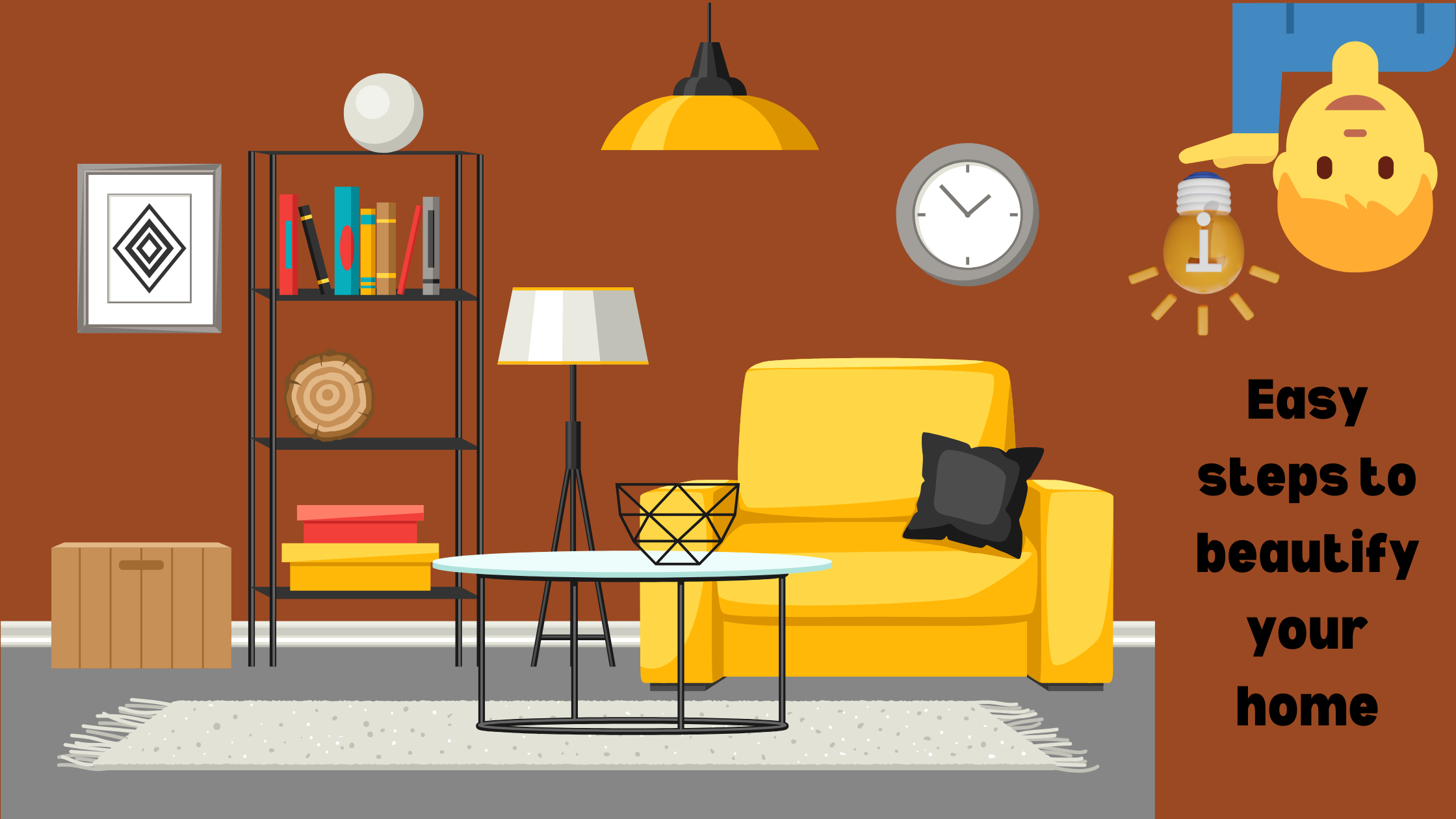It is basically the illumination for structural design and function. In short – Interaction between ART ( architecture) and TECHNOLOGY (lighting).
Types:
The 4 main types are
- Accent lighting
- Ambient lighting
- Decorative lighting
- Task lighting
ACCENT LIGHTING:
Also called highlighting. These are the lights used to highlight artwork, antiques and treasured collections. Common types are recessed lights, track lights, wall scones.
AMBIENT LIGHTING:
It is also called as general lighting, providing overall illumination for a room. It sets the tone for the space and creates a comfortable atmosphere. Light fixture includes panel lights, magnetic track lights and recessed cob lights
DECORATIVE LIGHTING:
This is used purely for aesthetic purposes, to add an extra touch of style. It can include lighting fixtures like wall scones, chandeliers or pendant lights.
TASK LIGHTING:
It refers to increasing illuminance to better accomplish a specific activity. This provides increased light for specific tasks in a room that may already have some ambient lighting. Few examples are spot light under cabinet lights, bedside lights and desk lights.
3 Simple steps to choose your light:
- Quality
- Colour temperature
- Variety of products
QUALITY OF LIGHTS:
We believe that lighting matters. It is not just the application of lighting that matters, but the LIGHT itself matters.
Without light , there is no design, no shape and no dimension. No matter how wonderful an interior design is, if it is not illuminated, it just isn’t visually there. Good quality light can evoke emotion , create moods, and even support healthier living spaces.
COLOUR TEMPERATURE:
It is the single most important thing to determine first when choosing light sources. In simpler terms, Correlated Color Temperature ( or CCT) is the metric we use to measure the coolness or warmth of a light source.
Expressed in kelvin (k) it defines the color appearance of the light emitted by an LED source, ranging from warm (lower kelvin) to cool (higher kelvin)
VARIETY OF PRODUCTS:
Light fixtures are classified as
- Indoor lighting
- Outdoor lighting
INDOOR LIGHTS:
There are many types of indoor lighting
Recessed lighting: These lights are fixed inside your ceilings. Examples are panel lights, downlight and cob lights,surface lights, track lights – normal and magnetic track light,cabinet lighting, decorative lights. Ceiling lights are general lighting for your living space.
OUTDOOR LIGHTS:
These include wall lights, garden spike light, burials, bollards, post light, step
lights.
How to select your lighting:
Factors to consider in choosing a light fitting
Lumens: Brightness of the light.
Wattage:The amount of electrical power consumed by led light.
Lux : It is a unit of measurement for illuminance, which is the amount of light falling on the surface.
Color temperature
CRI: How well a light source shows true colors compared to natural light. It is expressed on scale from 0 to 100
Factors that affect quality of light:
- Illumination intensity
- Illumination distribution
- Shadow formation
- Light glare or reflection
- Color quality
Tips to choose the right lighting
- Main lighting source should be bright.
- Consider the ceiling height – 7ft to 8ft above the floor
- Choose fixtures that are easy to maintain
- Right light position to avoid excess light fixtures and shadow reflection.
- Tunable light fixtures and dimmers to play with colours and create ambience around.
- In living room focus the accent lights on artworks
- Ensure it compliments the overall theme of the house and furniture design.
- Ensure that children’s room are well-lit. Avoid floor lamps and glass lamps for safety.
- Add Decorative lighting like chandeliers to enhance the look of interiors.
Right ways to design your space with lighting:
- Layered lighting : Combine ambient,task and accent lighting to create depth and functionality in each space.
- Statement fixtures: Install eye catching light fixtures as focal points in key areas like the foyer , dining room or living room.
- Highlight features: Use accent lighting to showcase artworks or plants.
- Dimmer switches: install dimmer switches to adjust the intensity of light according to time and mood.
- Warm and cool lighting: use a mix of warm and cool lighting to create a balanced atmosphere.
- Under cabinet lighting: illuminate kitchen countertops with profile lights.
- Smart lighting: Invest in smart lighting system for easy control of lighting levels and colors using remote or voice commands.
- Layering textures: Experiment with different lighting sources to complement the textures and colors of your furnishings and decor.
Conclusion:
Understanding lighting science helps you choose the right fixture and place it well, making your space look stylish.
Remember , your space is a canvas, and lighting is the brush that paints your desired atmosphere. Illuminate wisely !
